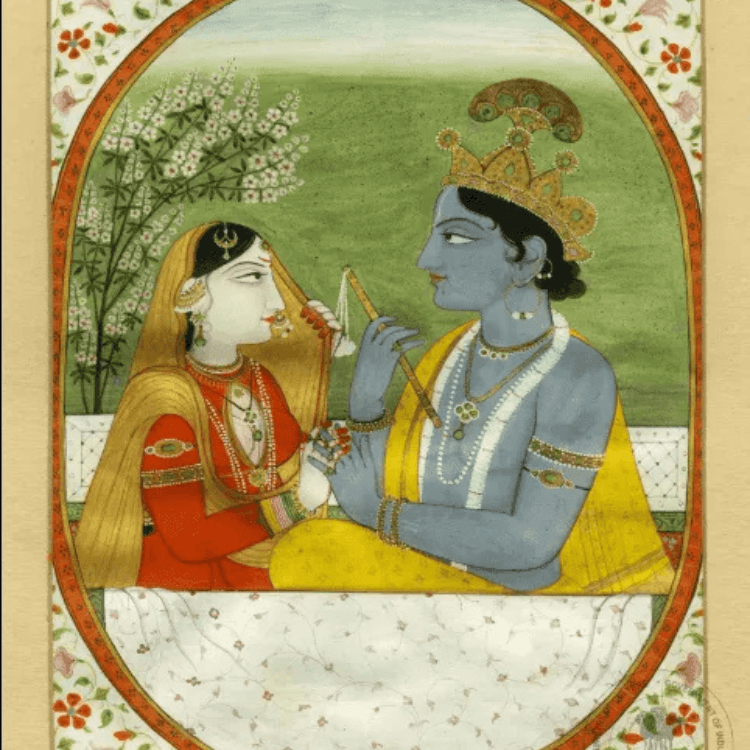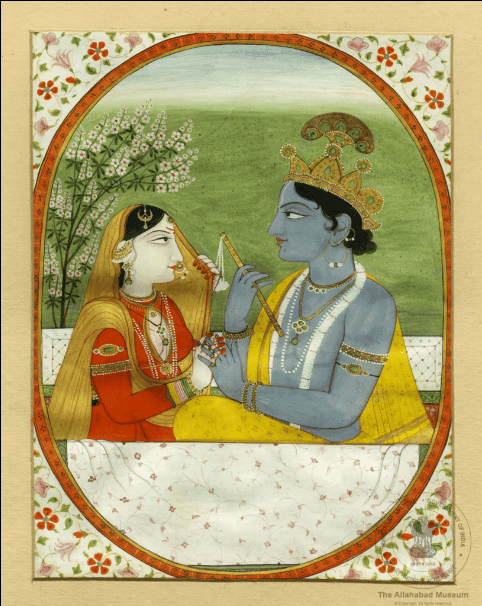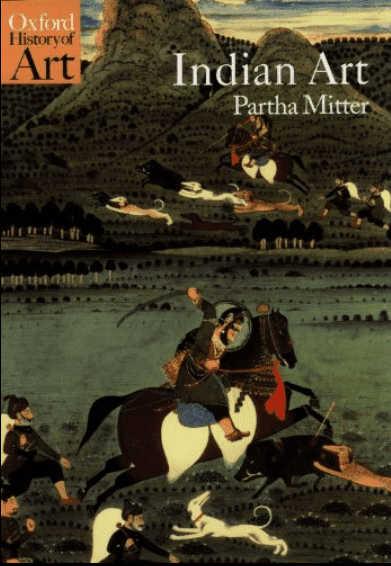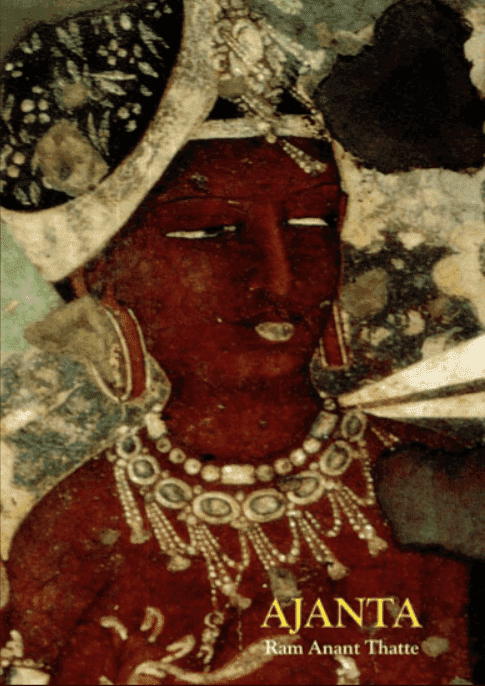
Your Cart
Top 5 Books on Indian Traditional Art

India has been home to countless forms of art. Each form of Indian traditional art has a unique story and is passed down through generations. From the intricate details of miniature paintings to the grandeur of temple architecture, Indian art has captured the hearts and minds of people worldwide.
The exquisite beauty and grandeur of Indian art have motivated us to embark on a journey to uncover the best books on the subject. We carefully selected each book on this list to showcase the immense talent and creativity of Indian artisans and their progress over the years.
So, whether you are an art enthusiast, a history buff, or simply someone who appreciates beauty in all its forms, join Rooftop on this journey as we explore the top 5 books on Indian traditional art. We promise you won't be disappointed!

Books for Every Indian Traditional Art Lover --------------------------------------------
### **1\. "The Painted World of the Warlis" by Yashodhara Dalmia**
This book explores the unique art of the Warli tribe, an indigenous community of Maharashtra, India. The Warli people are known for their distinctive painting style. The simple geometric patterns and symbols depict the community's daily life and spiritual beliefs.
The author discusses the themes and motifs commonly found in Warli art and provides insights into the techniques and materials used by the artists. In addition, the author discusses the community's traditional way of life, social organisation, and struggles to maintain their cultural identity in the face of modernisation.
### **2\. "Indian Art" by Partha Mitter**
This book provides a comprehensive survey of the history of Indian art from ancient times to the modern era. The book covers many art forms, including sculpture, painting, architecture, and decorative arts. It also explores the cultural, religious, and social context in which these art forms developed.
The book is organised into multiple chapters, each focusing on a specific time period or art form. The author discusses how political and religious changes influenced the development of Indian art and how different regions of India developed their own distinct artistic traditions.
The book also explores the role of Indian art in shaping cultural identity during British colonial rule.

### **3\. "The Art of India" by Vidya Dehejia**
This book traces the evolution of Indian art from ancient times to the present day. The author provides an insightful analysis of the cultural, social, and religious context in which it developed.
In the book, the author discusses the materials, techniques, and symbolism used by artists across different regions and periods of Indian history. She also talks about the influence of different religious traditions of Hinduism, Buddhism, and Jainism on Indian art.
To illustrate her arguments, the author draws on various examples, from famous masterpieces to lesser-known works of art.
### **4\. "Paintings in the Kangra Valley" by Vijay Sharma**
This book is a comprehensive guide to the rich and vibrant art form of Kangra painting. This painting style originated in the foothills of the Himalayas in the 18th century.
The author explains the history and evolution of this unique painting style. The delicate lines, vibrant colours, and lyrical depictions of human emotions make this painting unique.
The book covers different themes and motifs of Kangra painting, such as the Radha-Krishna love story, the seasons, and the royal court. It provides insights into the techniques and materials used by Kangra artists, including natural dyes.

### **5\. "Ajanta" by Ram Anant Thatte**
This book talks about Ajanta's ancient caves, known for their exquisite rock-cut Buddhist paintings and sculptures.
The author takes the reader on a journey through Ajanta's history and significance, exploring the caves' intricate details and the stories they depict.
The book also delves into the technical aspects of Ajanta's art, such as the use of natural pigments and the techniques used to carve the sculptures and paintings.
Throughout the book, the author's deep love and passion for Ajanta shine through, making it a compelling and engaging read for all.

Conclusion ----------
As we end our journey through the top 5 books on Indian traditional art, we hope you feel inspired to delve deeper into the beauty and richness of the Indian traditional art form. So go forth, dear reader, and immerse yourself in the vibrant colours and intricate details of Indian traditional art. Check out Rooftop app to truly explore the world of Indian art with our daily workshops and courses.